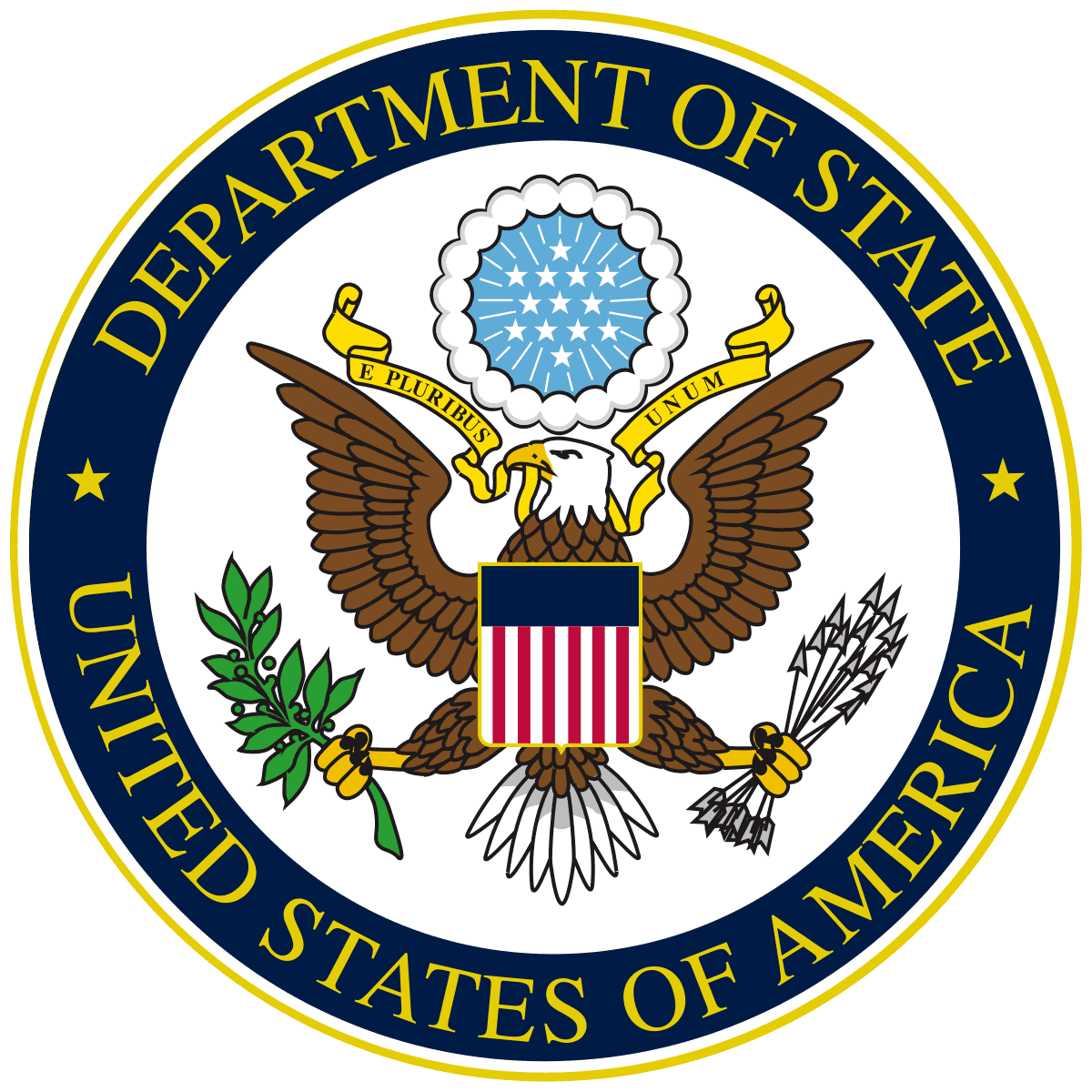
5 Apr 2024
Everything's Up to Date in South Korea
Lying in one's bed in a hotel in Seoul focuses the mind wonderfully on the prospect of getting annihilated. The North Korean border is only 35 miles as the crow flies from the city center, and precious few steps from the sprawling metro region's northern outskirts.
The local people I've observed while visiting this great city, in person and on TV, uniformly seem unperturbed by this prospect, and remained so even in the minutes and hours after a missile from the obese lad up north literally flew over our heads on its way to landing in the Pacific Ocean.
Great Progress in Recent Decades
South Korea is one of the original Asian Tigers, and made a miraculous transformation from utter poverty to developed nation within a few decades. The sea change was made through a focus on key industries, centralized resources and a fixation on discipline and unceasing hard work, brought out through a continued awareness of the economic and existential threats posed by its neighbors North Korea, China, and Japan. South Korean electronics and heavy manufacturing evolved from producing second-tier products to close to gold-standard quality over that time period as well.
The country thus offers a fascinating case study and example to be studied, even if difficult to replicate.
A Digital Readiness Star
South Korea has been a star performer in my research since I began it in 2011 as the Tau Index. In this research, I rank the countries of the world with respect to their relative technological development and their socioeconomic ability to improve. The process driving the rankings makes it increasingly difficult for nations to score well as their income increases, simply because we should expect more from a more highly developed nation.
Expanding and improving the research since my association with IDCA in late 2022, it is now presented publicly as the IDCA Digital Readiness Index. Nations are scored in four categories – Economy, Environment, Social, and Governance – with an overall score as well.
Despite the governors employed to dampen results as a nation improves, South Korea remains within the world's top 30, in the same neighborhood as the USA and Australia. Its on a par with rising star Chile and ahead of Asian rising star Malaysia.
Opportunities for Renewability
South Korea's main opportunity for improvement is to strengthen its sustainable electricity grid. South Korea years ago made the decision to pursue nuclear energy as its primary sustainable energy provider, so is among the world leaders in that area. Its traditional renewable (eg solar, wind, hydro) constitutes only about 6% of its electricity grid. Nuclear energy accounts for 30%, elevating its overall sustainable footprint to 37% of its grid, ahead of the world average of 30% but trailing the US and several Asian countries.
The proof of South Korea's weakness in sustainability resides in its relatively inefficient CO2 emissions from its heavy manufacturing base. The United States, for example, squeezes out more than twice South Korea's economic efficiency with respect to emissions, even as the US is not considered a world leader in this regard. South Korea's efficiency trails Japan by 50% and is on a par with the Philippines. It does perform significantly better than China and India, though.
The Demographic Problem
South Korea's major demographic challenge is a shrinking population, a situation similar to the one in Japan. Its 51 million or so people is projected to be in steady decline, putting more pressure on younger workers to support an aging population. This challenge is occurring even as South Korea remains one of the world's most densely populated nations. If by some happenstance the Korean peninsula were ever to reunite, this would create a nation more than twice the size of South Korea with 50% more people.
Even though it is considered to be a developed nation, with a US$1.6 trillion economy that places it comfortably within the group of G20 nations, South Korea's per capita income is still only about half of that of well-developed EU nations, the US, Canada, and Australia. It trails Japan by more than 30%.
Where Does South Korea Go From Here?
To address this question, we can first look at capital city Seoul spending $180 million on an initial metaverse project, imbuing it with services for citizens and visitors. More consequentially, a new plan to invest $470 billion over the next 20 years or so to maintain leadership in chip design and manufacturing sector is much more aggressive than an initial blueprint announced in 2023 (Samsung in particular competes with chipmaking giants from Taiwan, China, and the United States). Meanwhile a startup with the name of Rebellions seeks to make a dent in US company Nvidia's utter dominance in the emerging GPU sector.
South Korea typically attracts tens of billions of dollars per year in foreign direct investment (FDI), and its strong AA- bond rating continues to make it an attractive low-risk investment location with potentially high returns. Technologically, South Korea has built itself up to arrive at a situation that appears to be as good as it gets. The continued, potentially catastrophic threat from the North appears to be its only big problem in the short term, and the world will gaze in interest to see how (or if) it can address its long-term shrinking population problem.
Photo from Government of South Korea.
Follow us on social media:


.d57b427b.png&w=3840&q=75)

















